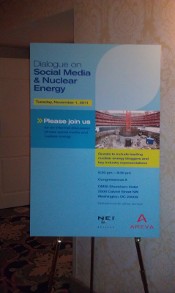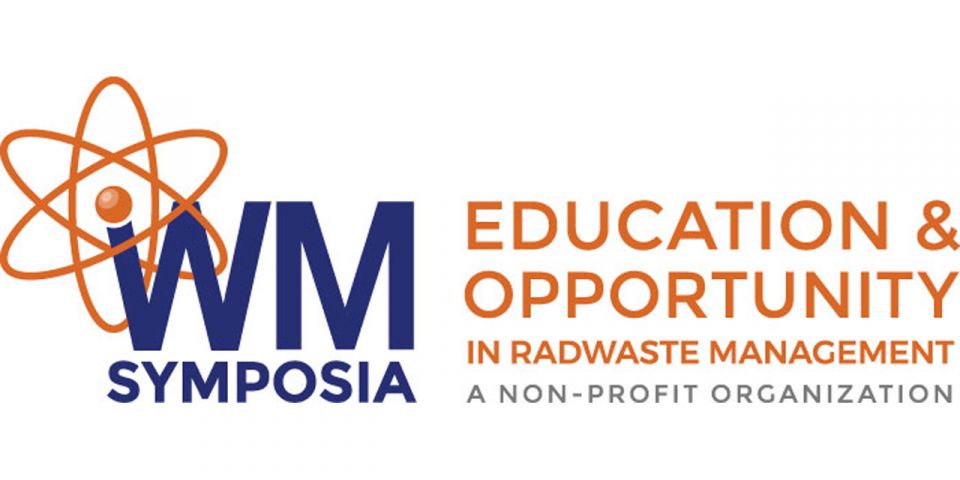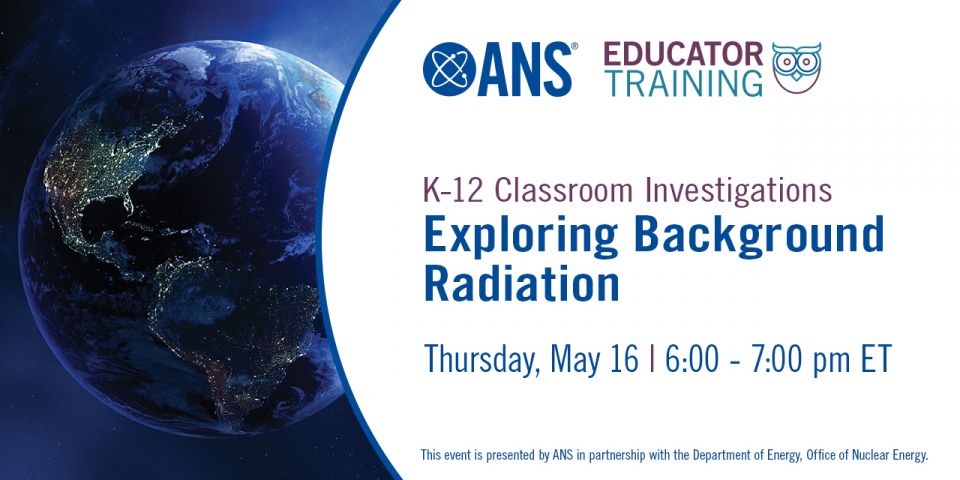Hall Talk Nov 1 - social media
Our intrepid reporter files another update from the ANS Winter Meeting.
Social media session draws 55 nukes
Getting the message out about nuclear energy using blogs, Twitter, and other forms of social media drew an enthusiastic crowd on Tuesday night, November 1. In a session co-sponsored by the American Nuclear Society, the Nuclear Energy Institute, and Areva, the group held a round table discussion about using social media tools to communicate with the public, thought and opinion leaders, and the news media.
It is not just the same online stuff you read about in USA Today. There are exciting new developments coming on tablets and real time interactive video on the web.
Curtis Roberts, who now leads the social media work for Areva in the United States, told the group, "We are committed to using social media to shape the conversation about nuclear energy."
Jarrett Adams from Areva showed off a social media application for mobile devices that will be released soon and handed out a printed sheet of QR codes to help people access all forms of Areva's social media online and sources of information via smart phones.
Eric McErlain, who is the senior manager at NEI for social media, said that the power of social media is in distributed networks of people who do not let anti-nuclear nonsense go unanswered.
"Use social media to get in there and make yourself heard," McErlain said.
The round robin discussion that took place over the next 90 minutes covered a lot of topics. Here are a few highlights.
Lars Hanson, a member of the ANS social media listserv, raised the topic of commenting online when the mainstream media publishes articles that contain inaccurate information. Numerous suggestions were offered about how to use the comment fields effectively to get accurate information across about nuclear science and engineering topics.
Miriam Mazer, an intern at Fuel Cycle Week, said that as someone who is new to the industry, she sees a need for nukes to make the technical terminology accessible. Andrea Jennetta, the publisher at Fuel Cycle Week, said that "facts don't always work because people are emotional about the risks of radiation exposure even when there is no risk."
Margaret Harding, a former General Electric nuclear energy executive with more than three decades of experience in the area of nuclear fuels, suggested that people read the book Don't Be Such a Scientist.
Here's a clip from the book ...
"In 1997, marine biologist Randy Olson recognized that scientists needed better communications skills to address a growing backlash against 'rational data-based science.' Inspired by the 'power of video,' Olson gave up a tenured professorship and went to Hollywood to reach a broader audience through filmmaking. The crucial lesson he learned was how to tell a good story, a largely absent concern for scientists, who focus on accuracy rather than audience engagement."
Dave Pointer, the chairman of the ANS Public Information Committee, told the group that ANS plans to do more projects like the recent webinar with the NRC, which had an interactive component through the Internet.
Art Wharton, who is working on the new ANS Strategic Plan, said that the use of social media will continue to play a role in future society outreach to the public, the news media, and K-12 education.
This was the fourth social media meet up held at ANS national meetings. The conversation continues online at the ANS social media listserv and the ANS Nuclear Cafe blog. For more information, contact Laura Scheele, ANS manager of Policy & Communication, via email: lscheele [at] ans.org
_____________
Dan Yurman publishes Idaho Samizdat, a blog about nuclear energy and is a frequent contributor to ANS Nuclear Cafe.








